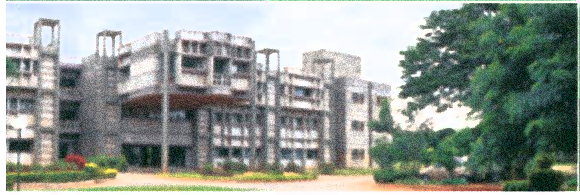Mathematical Models
From 2007.igem.org
| Line 27: | Line 27: | ||
==Modeling our networks== | ==Modeling our networks== | ||
| - | At the beginning of our six weeks at NCBS, | + | At the beginning of our six weeks at NCBS, while our constructs were being synthesized, we spent our time designing experimental protocols, and learning how to mathematically model genetic networks. We decided to build models of our most complicated systems, the two stand-alone closed-loops: LuxR in feedback (I726091) and LuxI in feedback (I726101). |
Revision as of 05:39, 21 October 2007
| On June 1st 2007, a group of undergraduate of various disciplines and from around the country assembled at NCBS, to attempt a 'proof of principle' demonstration. Their mission: to assemble and test a 'genetically engineered machine', a complex network assembled from simple biological parts. You will be amazed how much they managed to achieve in just six weeks! | |
|
The National Centre for Biological Sciences is a research institute located in Bangalore, India. In 2006, a team of graduate students from NCBS was the first from India to participate in iGEM. This year, we are very excited to compete as an all-undergraduate team of six students, from six different colleges located in four cities around India. Now that the summer is over, we hope hope to take the excitement of iGEM back to our home institutions, and create new teams across India who will participate in future iGEMs. | |
| [http://www.ncbs.res.in/ National Centre for Biological Sciences, Bangalore] |
| Home | The Team | The Goal | Parts Data Sheets | Mathematical Models | e-Notebook |
|---|
Modeling our networks
At the beginning of our six weeks at NCBS, while our constructs were being synthesized, we spent our time designing experimental protocols, and learning how to mathematically model genetic networks. We decided to build models of our most complicated systems, the two stand-alone closed-loops: LuxR in feedback (I726091) and LuxI in feedback (I726101).

